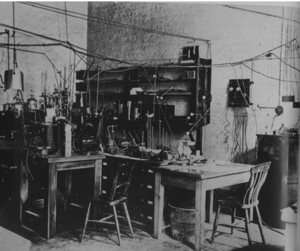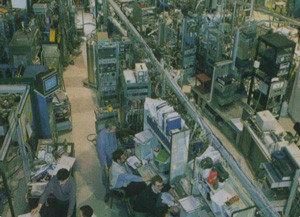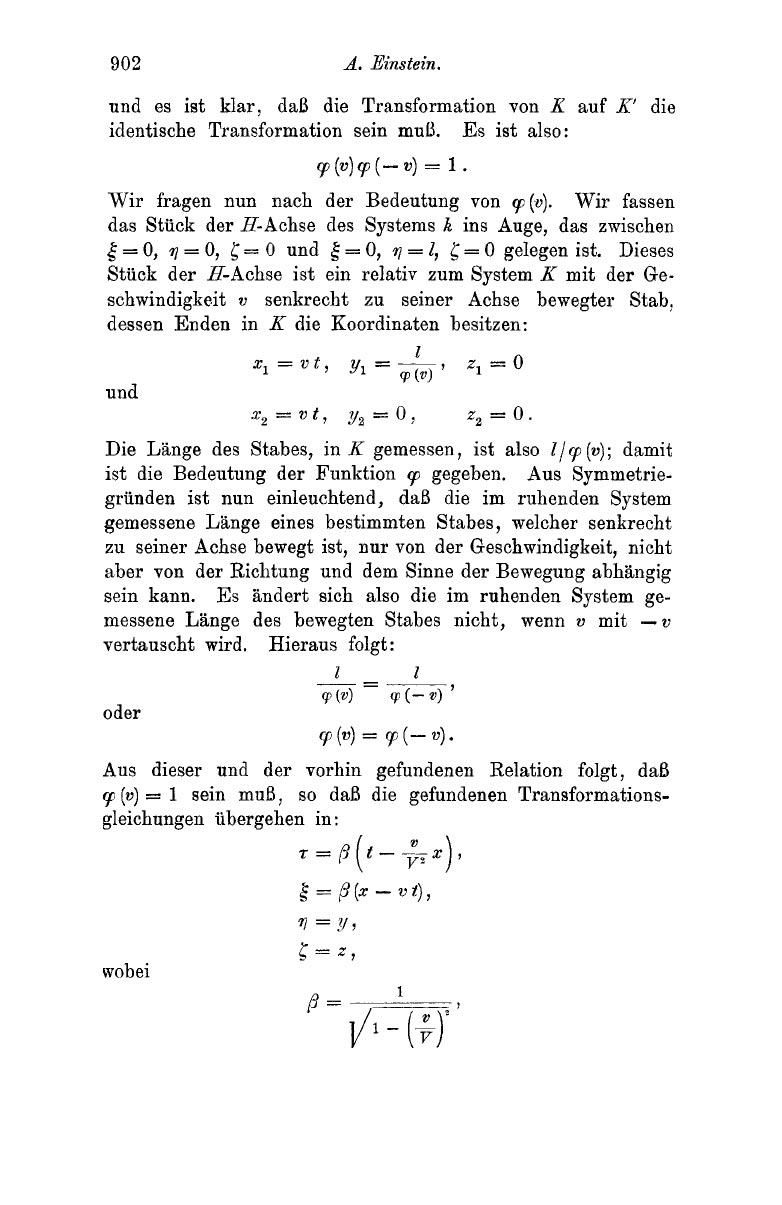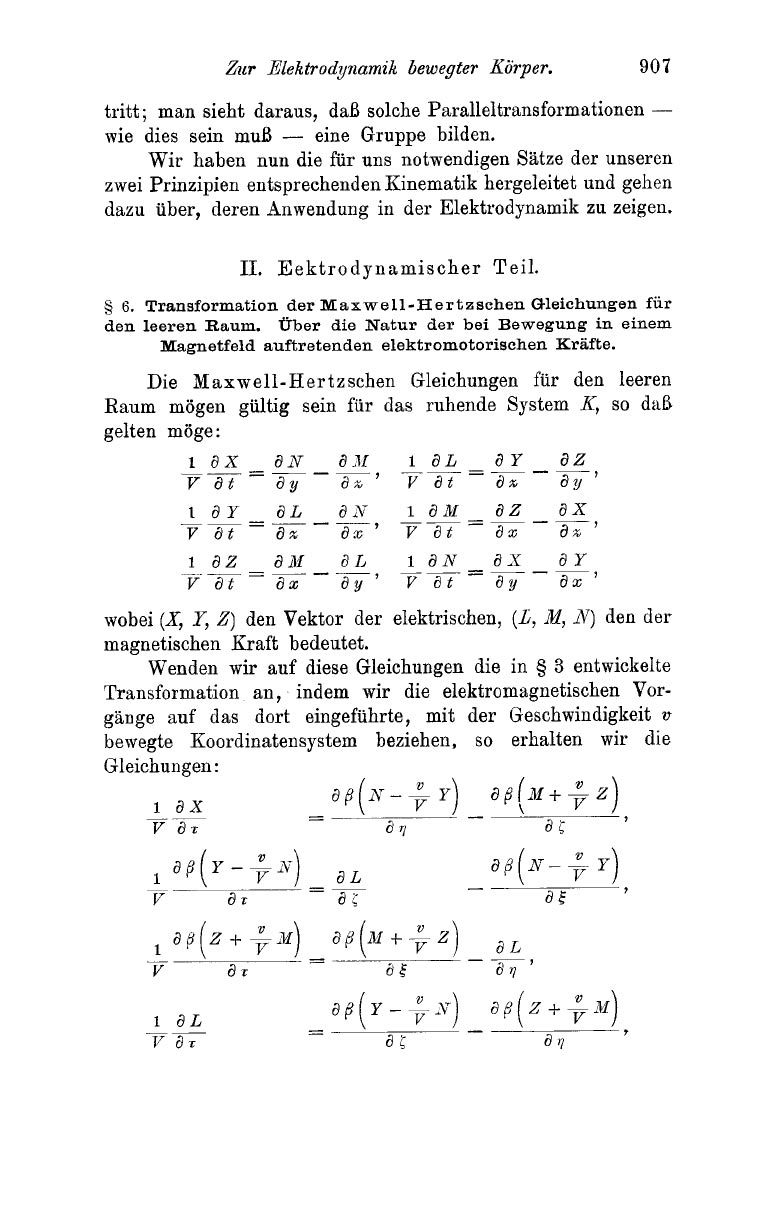The Classical
Worldview
1. Classical versus Modern Physics
In the physics community people loosely refer to all of the physics that was developed or discovered near the end of 19th century and in the early 20th century as the "Modern Physics" and all that preceded it as the "Classical Physics." This definition is not very exact. For example, generally speaking, mechanics is considered to belong to Classical Physics. But a great deal of our current knowledge of certain branches of mechanics such as fluid mechanics, nonlinear mechanics, and frictional effects, to name a few, were developed in the mid-to-late 20th century. Even more contradictory to this general definition is that some of these developments have strongly relied on the physics that we call "Modern Physics!" For example, frictional forces have become better understood thanks to the developments in Quantum Theory that have allowed for applications of atomistic models to this area of physics. This said, as we shall see later, there are clear practical and philosophical views that divide the Classical from the Modern. For the purposes of this course we rely on the temporal divide of "prior/post" 1900 as the demarcation line between Classical/Modern physics. So, all the physics that was known prior to the 20th century we refer to as Classical and all that has been discovered since 1900s we call Modern Physics.
2. Clockwork Model of Physical World
It is generally accepted that most physicists in the 1800s believed that all the fundamental laws of nature were already known. They also viewed the physical world as a type of mechanical clock in which one "gear's" motion affected the other gear's in a very precise and predictable way. So, for a complete knowledge of the universe all that was left to do was to find the connections between these different "gears." Furthermore, they beleived that these connections could be discovered with nothing more than some extra work and effort. Thus they expected to soon discover all that could be discovered.
It is interesting to note that this belief was so strong that it even over shadowed explanations of major mysteries of the time. One of these mysteries was the origin of the energy emitted by the sun. What supplied the energy that the sun was emitting? It is not too difficult to estimate the total energy that the sun is emitting in all directions based on the amount of sun light that reaches the surface of the earth. Based on the value of this energy, which scientists could directly measure, and with the inferred knowledge of the distance between the sun and the earth they could calculate the energy that the sun is losing over time. Although careful calculations had shown that any chemical reaction responsible for sun's radiation could not have lasted for as long as people knew the sun had been in operation, no one suspected that perhaps the knowledge of some important information/truth was completely missing. How was this energy getting supplied? We now know that the origin of this energy is in nuclear reaction at the core of the sun (as we will learn later in this course) which was totally unknown in those days since not even the nucleus of the atom had yet been discovered.
3. Branches of Physics in the last two centuries
19th century physics:- Mechanics: study of motion (of all things) - solids, fluids, and waves
- Electromagnetism: electric flow, magnetic induction
- Optics: geometrical and wave optics
- Thermodynamics: heat and energy, entropy
- Quantum mechanics: study of microscopic physics at the atom-molecule level, quantum measurement
- Atomic physics: study of atoms as individual entities
- Molecular physics: study of two or more bound atoms
- Nuclear physics: study of non-electronic part of atoms
- Condensed Matter physics: study of aggregates of atoms as in solid objects
- Particle Physics: study of elementary particles at high energies, string theory and other unification attempts
- Relativity: study of motion at speeds near the speed of light & effects of gravity on space-time
- Cosmology: Big Bang theory, Black-holes, dark matter, dark energy
- Nanophysics: study of atom-size systems
4. Laboratory Physics in the last two centuries
Prior to the development of electric generation plants most physics laboratories were rather modest in their collections of apparatus. This does not mean that precision measurements could not be made, but that few laboratories could compare in their collection of equipment with even modest labs of today. Even the famous physics laboratories of the day were what is now commonly referred to as "tabletop". In most instances, these labs could be located in simple rooms with no special requirements, or even in residential dwelling (basements!). Another important feature of laboratory work in the 1800s was that, most of the work in labs did not involve measurements made by more than one scientist. Important scientists had a lab assistant, but group work performed by more than one scientist was very uncommon.

With the technological developments of the 20th century physics laboratories became more and more complex. In addition to housing many new apparatus and measuring devices, these laboratories required more elaborate buildings, and for their operation, required the work of several (to many) trained experimentalists. Today's tabletop physics laboratories can still be productive, but none of them produce break-though research. (I encourage you to tour the web and visit some physics laboratories. Google CERN, Fermi Lab, or CNSE Virtual Tour.)

Brookhaven Laboratory 1980s
5. Mathematical Physics
Similar to the laboratory work, theoretical investigations in physics became rapidly more complex as the 19th century came to an end. Most of the physics of 19th century used basic mathematics including algebra, three-dimensional geometry, and calculus. Some of these works were extremely detailed and required laborious work, but any well educated physicist not familiar with that particular line of research had all the mathematical background to follow the calculations. There were other branches of mathematics such as statistics and multidimensional analysis, but these had not yet found any applications in physics. All of this changed with the development of Einstein's theories of relativity, Planck's quantum theory, and Poincaret's work in nonlinear dynamics. Today the mathematical complexity in physics has reached such a level that most theoreticians cannot follow any other's mathematical calculations that fall outside of their own sub-fields of physics. And few have ever worked in a laboratory setting to fully understand details of experimental physics. To get a flavor of this, please seethe two examples, below:
For an example of a page from one of Einstein's work see: "Outline of a General Theory of Relativity and of a Theory of Gravity", Teubner, Leipzig 1913, or see couple of pages from his publications to the right of this page.
For an example of one of today's published papers visit any of the on-line journals of AIP or APS listed in the Schafer Library's of on-line journals, or simply see one such paper at: Theoretical Physics Paper.
6. Comparison with Chemistry and Biology
Most of biology in the 19th century was based on recording of observational data. It relied on "classification" in order to make sense of a rather huge bank of information. There were theoretical studies in biology, but few had relied on empirical data until about when Darwin published his theory of natural evolution. This theory was shown to be successful though repeated experimentation. But it was only in the 20th century and through the development of genetics theory that its physical basis was understood. Similarly, the connections between chemistry and biology were not fully understood until Pasture's discovery of penicillin, also in the 19th century. But again it took the 20th century for Chemists to develop a physical understanding of chemistry based on atomic and molecular interactions. It is reasonable to say that the push of mathematical formulation that spearheaded physics in late 1800s and early 1900s was also influential in shaping the developments in chemistry and biology of the twentieth century.
Today we have experimental and theoretical (physical) chemists. But, for the most part, there are no "theoretician" versus "experimentalist" distinctions in biology (recently a new field of Mathematical Biology has emerged). As with regards to experimental work, it is fair to say that there are still many areas of research in both biology and chemistry in which "tabletop" laboratory work is the order of the day. It appears, however, that both of these fields require more and more group investigation. Most major research laboratories include teams of several Ph. D. scientists as well as teams of graduate students. So, a single scientist working alone faces a very tough competition when it comes to creation of state-of-the-art science.
Questions on Classical Worldview
Last Modified:
Thursday, April 1, 2010
a malekis@union.edu




